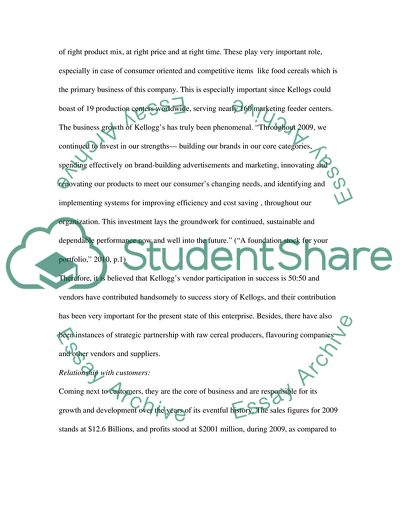Cite this document
(International Trade: Physical Distribution Assignment, n.d.)
International Trade: Physical Distribution Assignment. Retrieved from https://studentshare.org/marketing/1740116-international-trade-physical-distribution
International Trade: Physical Distribution Assignment. Retrieved from https://studentshare.org/marketing/1740116-international-trade-physical-distribution
(International Trade: Physical Distribution Assignment)
International Trade: Physical Distribution Assignment. https://studentshare.org/marketing/1740116-international-trade-physical-distribution.
International Trade: Physical Distribution Assignment. https://studentshare.org/marketing/1740116-international-trade-physical-distribution.
“International Trade: Physical Distribution Assignment”, n.d. https://studentshare.org/marketing/1740116-international-trade-physical-distribution.


